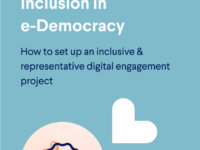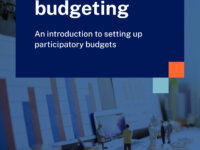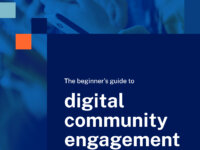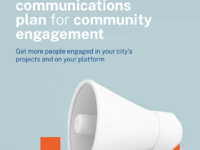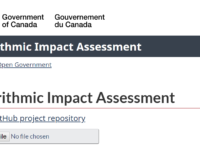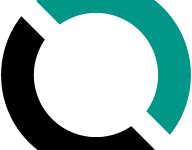Discipline Or Practice: Open Government
This guide provides users with tips to better understand their community and capacity for community engagement, strategies to define engagement goals and ways to align community, capacity and goals. Developed in collaboration with the company Department of Civic Things, this resource explores the steps needed to create a sustainable and effective engagement strategy for your government agency. The resource is divided into two parts: Part One focuses on upfront strategy and planning; and, Part…
This resource provides users with essential principles to ensure inclusivity when building a digital participation platform. The guide puts forward rules on how to communicate inclusively, guidelines on how to build an inclusive questionnaire, tips on how to combine offline and online participation and ensure representation, practical measures to build adaptable digital solutions and real-life examples for inspiration. It includes guidance and tips on how to identify groups at risk of exclusion,…
Participatory budgeting is a community engagement method for governments looking to make their communities more inclusive and participatory. This guide provides key steps for developing a defined, efficient and effective participatory budgeting process, real-life examples and best practices and an interactive worksheet to get you started. By organizing a participatory budget, public officials can tap directly into the collective intelligence of their communities and align the allocation of…
This guide supports both beginners and seasoned practitioners in understanding the basics of digital community engagement. The resource explains why users should consider digital community engagement; how to prepare, who to involve and what to communicate; as well as how to ensure continuous engagement. The publisher's intent is to support leveraging digital solutions to maximise communities' collective intelligence and allocate time and resources in a more efficient and sustainable way. The…
This guide will teaches the basics of setting up a communications plan for your community engagement efforts. The guide covers how to set up a communication plan across three engagement project phases (launch, in-progress, and report-out phase) and walks through the core, strategic steps needed. Each section includes checklists and practical tips. It draws on best practices and lessons learned from CitizenLab's collaboration with 400+ local governments worldwide. This resource is distributed via…
The Australian Public Service (APS) Framework for Engagement and Participation provides guidance, principles, and links to interactive tools that support public servants and managers to adopt and improve the participation and engagement of stakeholders and citizens as ways to earn trust and overcome complexity in dealing with society's challenges in the 21st century.
Public servants and managers are invited to subscribe to the principles that underpin this vision and actively use this toolkit…
The AIA is a questionnaire designed to help assess and mitigate the impacts associated with deploying an automated decision system. It helps identify the impact level of an automated decision system. It was developed with the Canadian Directive on Automated Decision-Making in mind but it can be applied elsewhere. The questions are focused on business processes, data, and system design decisions.
The questionnaire asks around 60 questions and the results will demonstrate impact level as well as a…
The resource provides support for individuals and organizations wishing to publish open government data. Some guidance may be specific to the Swiss context. It is designed as a wiki: contributions from organizations and individuals that have experience with open data are welcomed. The resource is organised into stages: identify, prepare, publish, and support. A Github repository of the website's code is also available.
This resource is focused on collaboration around designs for solving product problems, specifically on the topics of trust, transparency and control concerning the use of personal data. The methodology used was inspired by those from the Stanford d.school and IDEO. The toolkit is split into four sections – Plan, Discover, Ideate and Prototype.
The resource contains over 20 guided activities and supporting materials (including downloadable worksheets) covering materials for planning and running…
The goal of this resource is to elicit conversation, encourage risk evaluation as a team, and catalyze proactive mitigation strategy planning around algorithm use in the public sector. It includes assessments and worksheets for assessing algorithm risk and managing algorithm risk. The publishers assume users have an understanding of their data and a basic understanding of algorithms.


